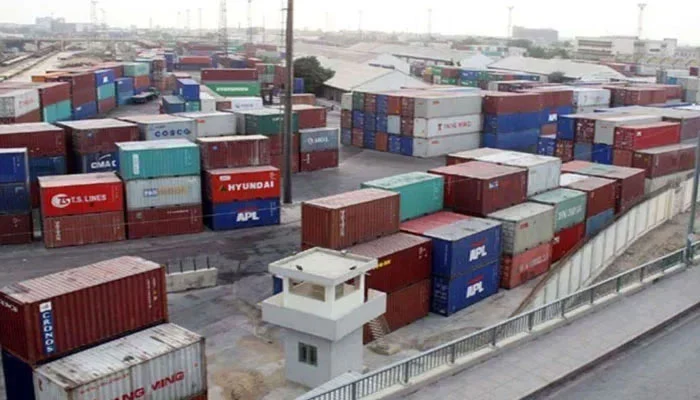ISLAMABAD: Pakistan’s trade deficit reached $24 billion in the first 11 months of the current fiscal year, as a rise in imports outpaced moderate export gains, according to official figures released by the Pakistan Bureau of Statistics (PBS) on Wednesday.
The country recorded merchandise exports worth $29.44 billion, a 4.72% increase compared to the same period last year. However, imports surged by 7.3% to $53.45 billion, widening the trade gap by 10.6% year-on-year.
Despite the growing deficit, Pakistan’s macroeconomic outlook has seen signs of stabilization. Inflation fell sharply to 0.30% in April 2025, though it rebounded slightly to 3.46% in May. Additionally, the current account posted a surplus of $1.88 billion during July–April FY25, reversing a $1.34 billion deficit from the same period last year. A key contributor to this improvement has been a 31% surge in workers’ remittances, which totaled $31.2 billion over the period.
Monthly Trends and Sector Highlights
In May alone, exports fell by 10.1% year-on-year to $2.55 billion but rose 17.4% compared to April, indicating potential resilience. Imports for May increased 5.2% year-on-year to $5.17 billion but fell 7.6% month-on-month, offering a degree of short-term reprieve.
With an average monthly export volume of $2.67 billion, Pakistan remains on track to potentially cross the $32 billion export mark by the close of FY2024–25.
Economists attribute Pakistan’s limited export growth to high domestic interest rates, which have constrained industrial competitiveness. Financial institutions continue to favor investments in government securities, reducing credit availability for export-oriented businesses.
Services Sector Performance
The trade in services recorded a $2.5 billion deficit between July and April, slightly up from $2.4 billion a year earlier. Service imports rose 7.9% to $9.43 billion, while exports increased by 9.3% to $6.93 billion, driven by gains in transport, IT, and business services.
The Information and Communication Technology (ICT) sector emerged as a standout performer, with exports climbing 21.1% to $3.14 billion, accounting for nearly half of total services exports. Analysts credit government initiatives like freelancer support programs, skills development, and certification schemes for this uptick in digital exports.




